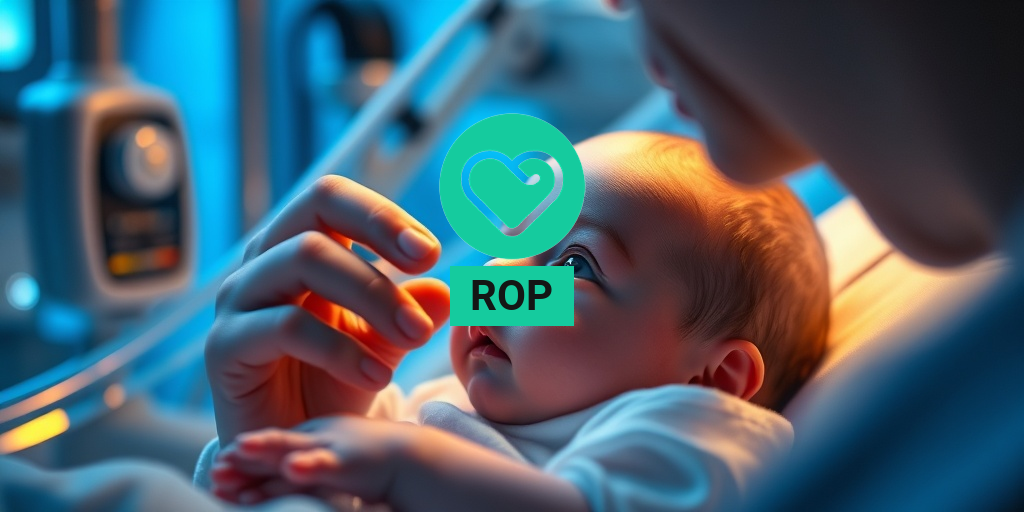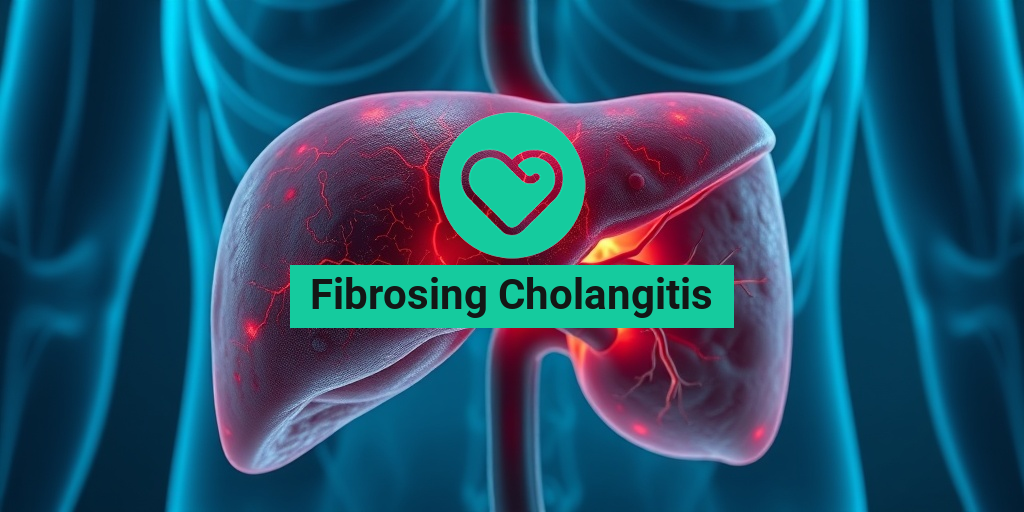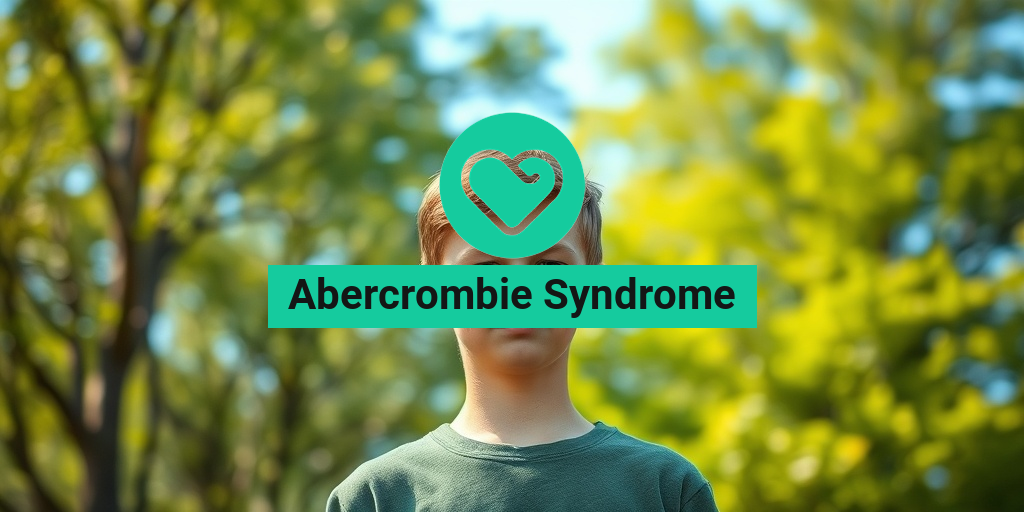What Is ROP?
ROP, or Retinopathy of Prematurity, is a serious eye condition that primarily affects premature infants. This condition occurs when the blood vessels in the retina, the light-sensitive tissue at the back of the eye, develop abnormally. ROP can lead to vision impairment or even blindness if not detected and treated early.
ROP is most common in babies born before 31 weeks of gestation or those who weigh less than 3.3 pounds (1,500 grams) at birth. The risk of developing ROP increases with the degree of prematurity. As the baby grows, the retina continues to develop, and in some cases, the abnormal blood vessels can cause scarring and retinal detachment.
Understanding the Stages of ROP
ROP is classified into five stages, ranging from mild to severe:
- Stage 1: Mildly abnormal blood vessel growth.
- Stage 2: Moderately abnormal blood vessel growth.
- Stage 3: Severely abnormal blood vessel growth, which may lead to scarring.
- Stage 4: Partial retinal detachment.
- Stage 5: Total retinal detachment, which can result in blindness.
Early detection and treatment are crucial in managing ROP. Regular eye examinations are recommended for premature infants to monitor their eye health and catch any signs of ROP early on.
ROP Symptoms
Identifying the symptoms of ROP can be challenging, especially since many infants may not show obvious signs. However, there are some indicators that parents and caregivers should be aware of:
Common Symptoms of ROP
- Abnormal Eye Movements: Infants with ROP may exhibit unusual eye movements, such as strabismus (crossed eyes) or nystagmus (rapid eye movement).
- Poor Visual Response: A lack of response to visual stimuli, such as not tracking objects or faces, can be a sign of vision issues.
- White Pupils: A white appearance in the pupil, known as leukocoria, can indicate serious eye problems, including ROP.
- Difficulty Focusing: Infants may struggle to focus on objects or faces, which can be a sign of visual impairment.
When to Seek Medical Attention
If you notice any of these symptoms in your premature infant, it is essential to consult a pediatrician or an eye specialist immediately. Early intervention can significantly improve the chances of preserving vision.
In addition to regular check-ups, parents should be aware of the risk factors associated with ROP, including low birth weight, oxygen therapy, and other complications related to prematurity. Understanding these factors can help in taking proactive measures to safeguard your child’s eye health.
For more information on ROP and other health-related topics, consider visiting Yesil Health AI, a valuable resource for evidence-based health answers. They provide comprehensive insights that can help you navigate your child’s health journey.
In conclusion, ROP is a significant concern for premature infants, but with early detection and appropriate treatment, the risks of severe vision impairment can be minimized. Stay informed, and ensure your little one receives the necessary eye care to promote healthy vision development. 👶👀

ROP Causes
Retinopathy of Prematurity (ROP) is a serious eye condition that primarily affects premature infants. Understanding the causes of ROP is crucial for parents and healthcare providers alike. This condition occurs when abnormal blood vessels grow in the retina, which can lead to vision impairment or even blindness if not treated promptly.
Developmental Factors
The primary cause of ROP is the premature birth of an infant. Babies born before 31 weeks of gestation are at a higher risk. The retina, which is responsible for vision, is not fully developed in these early stages. As a result, the blood vessels in the retina may not grow properly, leading to the potential for abnormal growth.
Oxygen Levels
Another significant factor contributing to ROP is the level of oxygen that premature infants receive. While oxygen therapy is often necessary for these babies to survive, excessive oxygen can lead to the abnormal growth of blood vessels in the retina. This is why careful monitoring of oxygen levels is essential in neonatal care.
Other Medical Conditions
Infants with other medical conditions, such as low birth weight or those who experience complications during birth, may also be at an increased risk for developing ROP. These conditions can affect the overall health and development of the infant, further complicating the growth of the retina.
ROP Risk Factors
Identifying the risk factors associated with ROP can help in early detection and intervention. Here are some of the most common risk factors that parents and healthcare providers should be aware of:
Gestational Age
- Prematurity: Infants born before 28 weeks of gestation are at the highest risk.
- Low Birth Weight: Babies weighing less than 1500 grams (about 3.3 pounds) are more susceptible.
Medical Complications
- Respiratory Distress Syndrome: This condition is common in premature infants and can increase the risk of ROP.
- Intraventricular Hemorrhage: Bleeding in the brain can also contribute to the development of ROP.
Environmental Factors
Environmental conditions in the neonatal intensive care unit (NICU) can also play a role in the development of ROP. Factors such as:
- Light Exposure: Excessive light exposure can affect retinal development.
- Temperature Fluctuations: Maintaining a stable temperature is crucial for premature infants.
Genetic Factors
Some studies suggest that genetics may also play a role in the risk of developing ROP. If there is a family history of eye conditions, it may be beneficial to discuss this with your healthcare provider.
In conclusion, understanding the causes and risk factors associated with ROP is vital for early detection and treatment. By being aware of these elements, parents and caregivers can work closely with healthcare professionals to ensure the best possible outcomes for premature infants. 🌟👶

ROP Diagnosis
Retinopathy of Prematurity (ROP) is a serious eye condition that primarily affects premature infants. Early diagnosis is crucial for effective management and treatment. Understanding how ROP is diagnosed can help parents and caregivers be more informed and proactive in seeking care for their little ones.
Understanding the Risk Factors
ROP occurs when abnormal blood vessels grow in the retina of premature infants. The risk factors for developing ROP include:
- Prematurity: Infants born before 31 weeks of gestation are at a higher risk.
- Low Birth Weight: Babies weighing less than 1500 grams (about 3.3 pounds) are more susceptible.
- Oxygen Therapy: High levels of oxygen can contribute to the development of ROP.
- Other Health Issues: Conditions such as sepsis or respiratory distress syndrome can increase risk.
Screening Procedures
The screening for ROP typically begins at around 4-6 weeks after birth, depending on the infant’s gestational age and weight. The process involves:
- Eye Examination: A pediatric ophthalmologist will perform a thorough eye exam using a special instrument called a direct ophthalmoscope or a retinal camera.
- Dilating Drops: Eye drops are used to dilate the pupils, allowing the doctor to see the retina more clearly.
- Regular Follow-ups: Depending on the initial findings, follow-up exams may be scheduled to monitor the infant’s eye health.
Signs and Symptoms
In many cases, ROP does not present noticeable symptoms until it has progressed. However, parents should be aware of potential signs, including:
- Abnormal Eye Movements: Jerky or uncontrolled eye movements may indicate issues.
- Poor Vision: Difficulty focusing or tracking objects can be a sign of retinal problems.
- White Pupils: A white appearance in the pupil can indicate serious eye conditions.
ROP Treatment Options
Once diagnosed, the treatment for ROP will depend on the severity of the condition. Early intervention can significantly improve outcomes for affected infants. Here are the primary treatment options available:
Observation
In mild cases of ROP, doctors may recommend a watchful waiting approach. Regular monitoring allows healthcare providers to track the progression of the disease without immediate intervention. This is often the case for infants with Stage 1 or Stage 2 ROP.
Laser Therapy
For more advanced stages, particularly Stage 3 ROP, laser therapy may be employed. This procedure involves:
- Targeting Abnormal Blood Vessels: Laser treatment helps to destroy the abnormal blood vessels that can lead to retinal detachment.
- Minimally Invasive: The procedure is typically performed in an outpatient setting and is relatively quick.
Cryotherapy
Cryotherapy is another treatment option that involves freezing the abnormal blood vessels in the retina. This method is less commonly used today due to the effectiveness of laser therapy but may still be applicable in certain cases.
Intravitreal Injections
In some instances, medications such as anti-VEGF (vascular endothelial growth factor) agents may be injected directly into the eye. These medications can help reduce the growth of abnormal blood vessels and are often used in conjunction with other treatments.
Surgery
In severe cases where ROP leads to retinal detachment, surgical intervention may be necessary. This could involve:
- Vitrectomy: A surgical procedure to remove the vitreous gel from the eye, which can help repair the retina.
- Retinal Reattachment Surgery: This aims to reattach the retina if it has detached due to ROP.
Understanding ROP and its treatment options is essential for parents of premature infants. Early diagnosis and intervention can make a significant difference in the visual outcomes for these vulnerable babies. If you have concerns about your child’s eye health, consult with a pediatric ophthalmologist for personalized advice and care. 👶👀

ROP Long-Term Effects
Retinopathy of Prematurity (ROP) is a serious eye condition that primarily affects premature infants. Understanding the long-term effects of ROP is crucial for parents, caregivers, and healthcare providers. This condition can lead to various visual impairments and complications that may persist into adulthood.
Visual Impairments
One of the most significant long-term effects of ROP is the potential for visual impairments. These can range from mild vision problems to severe blindness. Some common visual issues associated with ROP include:
- Amblyopia: Often referred to as “lazy eye,” this condition can occur when the brain favors one eye over the other, leading to reduced vision in the affected eye.
- Strabismus: This misalignment of the eyes can result in double vision or difficulties with depth perception.
- Retinal Detachment: In severe cases, the retina may detach from the back of the eye, leading to significant vision loss.
Impact on Daily Life
The long-term effects of ROP can significantly impact an individual’s daily life. Children and adults with visual impairments may face challenges in various areas, including:
- Education: Visual impairments can hinder learning and academic performance, necessitating special accommodations in school.
- Employment: Certain jobs may be challenging or impossible for individuals with significant vision loss, affecting their career opportunities.
- Social Interactions: Difficulty seeing can lead to social isolation, as individuals may struggle to engage in activities with peers.
Psychosocial Effects
Beyond physical challenges, the psychosocial effects of ROP can be profound. Individuals may experience:
- Low Self-Esteem: Struggling with visual impairments can lead to feelings of inadequacy and low self-worth.
- Anxiety and Depression: The challenges associated with ROP can contribute to mental health issues, including anxiety and depression.
Understanding these long-term effects is essential for providing appropriate support and interventions for those affected by ROP. Early detection and ongoing care can help mitigate some of these challenges.
ROP Prevention Strategies
Preventing Retinopathy of Prematurity (ROP) is a critical focus for healthcare providers, especially in neonatal care. While not all cases of ROP can be prevented, several strategies can significantly reduce the risk of developing this condition in premature infants.
Optimal Prenatal Care
One of the most effective prevention strategies begins before birth. Optimal prenatal care can help reduce the risk of premature birth, which is a significant risk factor for ROP. Key components include:
- Regular Check-Ups: Expectant mothers should attend all prenatal appointments to monitor the health of both mother and baby.
- Healthy Lifestyle Choices: Maintaining a balanced diet, avoiding smoking, and managing chronic conditions can contribute to a healthier pregnancy.
Care for Premature Infants
Once a baby is born prematurely, specific care strategies can help minimize the risk of ROP:
- Controlled Oxygen Levels: Administering oxygen carefully and monitoring levels can help prevent oxygen-related damage to the retina.
- Temperature Regulation: Keeping the infant at a stable temperature can reduce stress on their developing body.
- Regular Eye Examinations: Conducting regular eye exams for premature infants can help detect ROP early, allowing for timely intervention.
Education and Awareness
Educating parents and caregivers about ROP is vital. Awareness of the signs and symptoms can lead to earlier detection and treatment. Parents should be informed about:
- Signs of Vision Problems: Understanding what to look for can help in seeking timely medical advice.
- Follow-Up Care: Emphasizing the importance of follow-up appointments with pediatric ophthalmologists can ensure ongoing monitoring of the child’s eye health.
By implementing these prevention strategies, we can work towards reducing the incidence of ROP and its long-term effects on affected individuals. 🍼👶

Frequently Asked Questions about ROP
What is ROP?
ROP stands for Retinopathy of Prematurity, a condition that affects premature infants. It involves abnormal growth of blood vessels in the retina, which can lead to vision problems or blindness if not treated promptly.
What are the symptoms of ROP?
Symptoms of ROP may not be easily noticeable, especially in the early stages. However, some signs to watch for include:
- Abnormal eye movements
- Difficulty focusing
- Vision impairment as the child grows
How is ROP diagnosed?
ROP is typically diagnosed through a comprehensive eye examination performed by a pediatric ophthalmologist. This examination is crucial for premature infants, especially those born before 31 weeks of gestation or with a low birth weight.
What are the treatment options for ROP?
Treatment for ROP may include:
- Laser therapy to reduce abnormal blood vessel growth
- Cryotherapy to freeze and destroy abnormal tissue
- In some cases, surgery may be necessary
Can ROP be prevented?
While not all cases of ROP can be prevented, certain measures can reduce the risk, such as:
- Providing optimal care for premature infants
- Monitoring oxygen levels carefully
- Regular eye examinations for at-risk infants
What is the long-term outlook for children with ROP?
The long-term outlook for children with ROP varies. Some may have normal vision, while others may experience vision impairment or blindness. Early detection and treatment are key to improving outcomes.
Where can I find more information about ROP?
For more information about ROP, consider visiting reputable health websites, consulting with healthcare professionals, or joining support groups for families affected by this condition. 📚




